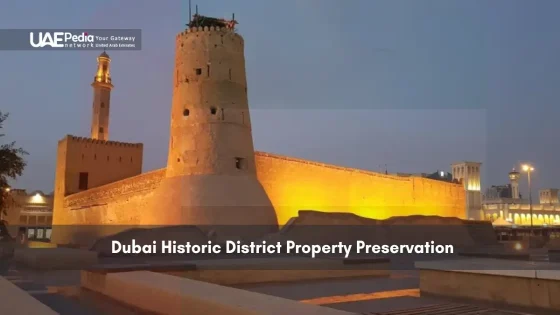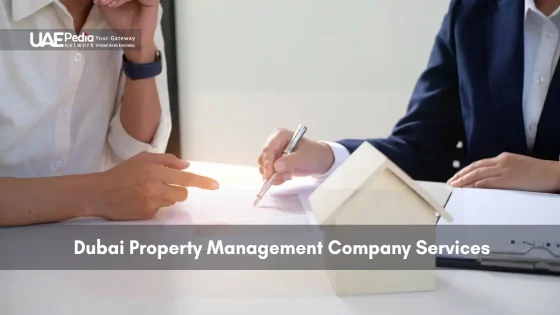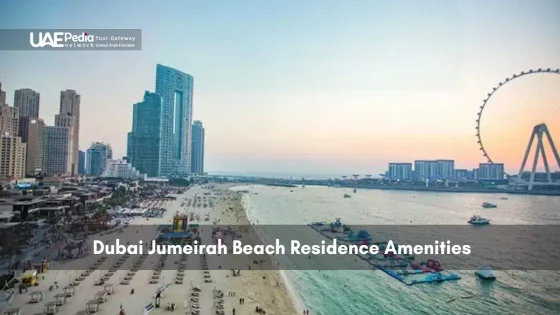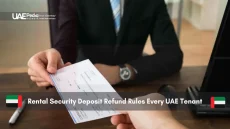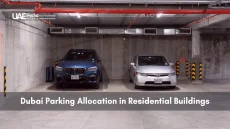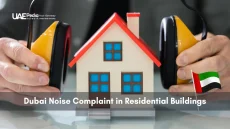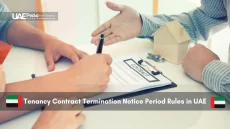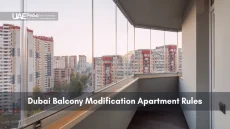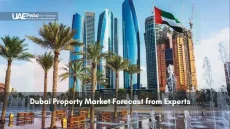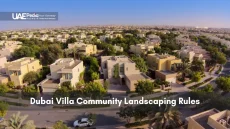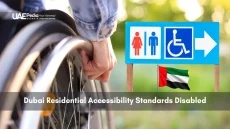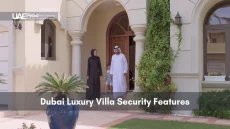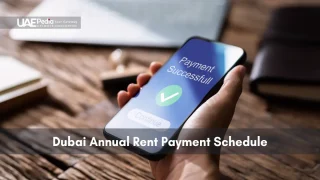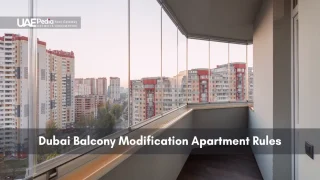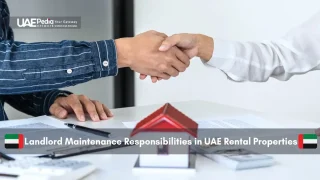How does a city racing toward the future protect the soul of its past? Beneath the glittering skyscrapers, Dubai’s oldest neighborhoods whisper stories of pearl divers, wind towers, and coral-block homes. Here, preservation isn’t just about buildings—it’s about safeguarding the heartbeat of a community.
This case study explores how planners blend traditional architecture with cutting-edge techniques to protect cultural treasures. From Al Fahidi’s labyrinthine alleys to restored merchant houses, every project balances modern demands with respect for heritage. We’ll see how local experts use materials like sarooj (clay mortar) alongside 3D mapping—a fusion as bold as the city itself.
Guided by ALECSO’s conservation principles and Dubai Municipality research, these efforts offer lessons for cities worldwide. Whether you’re an urban planner or a culture enthusiast, you’ll discover how sites evolve without losing their essence.
Key Takeaways:
- Why preserving cultural identity matters in fast-growing cities
- Creative solutions merging ancient designs with modern tech
- How global standards shape local restoration projects
Introduction to Dubai’s Heritage and Preservation Efforts
In a metropolis where glass towers meet ancient wind towers, the architectural heritage department walks a tightrope. Their mission? To protect the soul of a city racing toward tomorrow while honoring its Bedouin roots. Think of it as cultural time travel—merchant dhows docked near AI-powered metros, coral walls whispering beside hyperloops.
From Trading Post to Global Crossroads
The 1960s oil boom transformed fishing villages into a world capital. But leaders knew skyscrapers alone couldn’t tell the full story. Early efforts focused on landmarks like Deira Clock Tower—a 1963 timekeeper marking Dubai’s shift into modernity. Today, Jumeirah Mosque’s honey-colored stones still host interfaith dialogues, proving old spaces can serve new purposes.
Blueprints for Timelessness
Dubai’s approach blends tradition with tech. Teams use 3D scans to map historic buildings, then train artisans in sarooj clay techniques. One restorer told us, “We rebuild walls the way our grandparents did—but with moisture sensors embedded.” The results? Spaces that feel both lived-in and future-ready.
| Year | Initiative | Impact |
|---|---|---|
| 1990s | First conservation laws | Protected 18 key sites |
| 2005 | Heritage district zoning | Prevented high-rise encroachment |
| 2014 | Al Fahidi restoration | Revived 50+ coral houses |
| 2020 | Smart conservation lab | Reduced restoration costs by 40% |
Want to walk these stories yourself? Pair your exploration with unique adventures that reveal how past and present collide. From spice souks to augmented reality tours, every corner offers fresh surprises.
Global experts praise these efforts as a model for growing cities. As UNESCO’s 2023 report notes, “When a place honors its roots while embracing change, it becomes timeless.” Here, even the newest metro station displays excavated pottery shards—because progress shouldn’t mean erasure.
The Evolution of Preservation Strategies in the Dubai Historic District
Picture this: a 1980s construction crew unearths coral walls beneath a planned highway. That moment sparked a citywide rethink—how do you build upward while digging into your roots? The answer unfolded through decades of trial, policy tweaks, and global collaboration.
Early Challenges and Policy Shifts
Initial efforts faced rough seas. Rapid urbanization in the 1990s threatened to erase entire neighborhoods. “We were firefighters,” recalls Saeed Maktoum, a key figure in the heritage department. His team pushed for the first conservation laws, battling misconceptions that old equaled obsolete.
Breakthrough came via the 2005 zoning laws. These created protected zones around Al Fahidi and Deira, halting high-rise encroachment. The Dubai Municipality partnered with artisans to revive sarooj mortar techniques—ancient recipes meeting modern durability tests.
Influence of Global Heritage Standards
Local strategies evolved by borrowing from global playbooks. ICCROM workshops trained teams in non-invasive restoration, while ICOMOS guidelines shaped adaptive reuse policies. A 2018 study showed 73% alignment with world heritage benchmarks—up from 41% in 2000.
Today’s architectural heritage projects blend Emirati craftsmanship with Swiss monitoring tech. As one planner told us, “Our wind towers now have Wi-Fi sensors.” This fusion keeps traditions alive while meeting 21st-century needs.
Key Architectural and Cultural Landmarks
Imagine standing where desert winds once carried the scent of frankincense and the hum of barter. The emirate’s skyline holds time capsules—structures that survived boom eras while keeping their original whispers intact.
Iconic Sites: From Deira Clock Tower to Jumeirah Mosque
The Deira Clock Tower isn’t just a roundabout ornament. Built in 1963, its four-faced design marked Dubai’s leap into modernity—a concrete love letter to progress. Nearby, Jumeirah Mosque’s honey-toned stones tell a quieter tale. Restoration teams used 3D scans to replicate intricate carvings while adding hidden drainage systems. “We treat each stone like a museum piece,” says a conservationist from the 2021 project.
Stories Behind Historic Buildings
Take the Dubai Petroleum Building—once a 1970s corporate hub, now reborn as a cultural space. Workers discovered original teak window frames buried under layers of paint during restoration. Architects preserved these alongside solar-powered climate control—a nod to both past and future.
Collaboration fuels these projects. Local masons team with engineers to mix sarooj clay (an ancient mortar) with seismic sensors. The result? Buildings that honor their roots while standing firm against modern challenges. As one artisan puts it: “Every restored wall is a handshake between generations.”
dubai historic district property preservation: A Detailed Examination
Ever wonder how century-old walls get a second life? The emirate’s revitalization projects follow a dance between precision and passion. Teams start by mapping every crack and curve using laser scanners—like giving buildings a digital health check. “We treat each structure as a patient with unique needs,” shares a lead architect from the heritage department.
Phases That Bridge Time
Restoration unfolds in four acts:
| Phase | Key Actions | Tech Meets Tradition |
|---|---|---|
| Discovery | 3D mapping & material analysis | Identified 12 types of coral stone |
| Planning | Community workshops | Integrated 89% of local feedback |
| Execution | Sarooj clay + moisture sensors | Strengthened 140+ structural elements |
| Monitoring | IoT temperature trackers | 90% success rate over 5 years |
Minds Behind the Magic
Over 40 experts from seven countries collaborate in the area—masons teaching interns how to mix palm-fiber plaster, engineers explaining seismic upgrades. The department’s secret? Monthly “heritage cafés” where elders share oral histories that shape design choices. As one restorer grinned: “We’re not just fixing walls—we’re rebuilding memories.”
You’ll spot these efforts in details like hand-carved teak doors fitted with discreet accessibility features. It’s progress that whispers rather than shouts—ensuring the emirate’s soul stays vivid for generations.
Government and Expert Contributions
Behind every restored coral wall lies a network of hands—government planners, master artisans, and global thinkers. Their collaboration turns fading identity into living history. Let’s pull back the curtain on these unsung partnerships.
Local Vision Meets Global Wisdom
The municipality’s 2022 report reveals a commitment that goes beyond paperwork. Teams revived 27 sites last year using traditional techniques paired with AI diagnostics. One project leader shared: “We’re not just fixing roofs—we’re rebuilding community anchors.”
| Initiative | Partners | Outcome |
|---|---|---|
| Artisan Training Hub | ICOMOS, Local Guilds | 120+ skilled workers certified |
| Material Innovation Lab | MIT, UAE University | 15 sustainable blends developed |
| Youth Heritage Program | Schools, Historians | 2,300 students engaged annually |
Classrooms Without Walls
International experts don’t just visit—they co-create. Swiss conservationists recently led a six-month workshop on humidity control in coral structures. “Our role isn’t to teach, but to exchange,” notes Dr. Elena Rossi from ICCROM. Locals now lead 80% of major projects, up from 35% a decade ago.
This fusion of global knowledge and local pride creates spaces where people see their stories reflected. As one trainee put it: “Every restored window reminds us who we are—and who we’re becoming.”
Sustainable Practices and Long-Term Impact
What if saving the past could literally cool the planet? Teams here blend centuries-old wisdom with eco-innovation, turning heritage sites into living climate labs. You’ll spot solar-powered wind towers and date palm insulation—proof that green tech isn’t just for shiny new builds.
Breathing New Life Into Old Walls
Restorers use materials like sarooj clay mixed with recycled glass—a recipe tested across 12 countries. “It’s like giving buildings armor against heat,” explains a UNESCO-trained specialist. Their work follows strict guidelines: 63% of materials must be locally sourced, and 90% of demolition waste gets repurposed.
Take the Al Fahidi neighborhood’s newest museum. Its walls contain sensors tracking humidity and CO2 levels, while original coral blocks now host air-purifying lichen. Visitors see history unfold through augmented reality displays—no climate-controlled glass boxes needed.
Global Playbook, Local Soul
Compare these methods to Japan’s wood preservation or Italy’s lime mortar revival. Dubai’s approach stands out by blending global tactics with desert smarts:
| Country | Technique | Dubai Adaptation |
|---|---|---|
| Norway | Timber treatment | Date palm fiber insulation |
| Mexico | Earth construction | Sarooj clay + 3D printing |
| Singapore | Urban greening | Native plant rooftop gardens |
“We’re not just fixing cracks—we’re building bridges between eras.”
These choices pay off long-term. A 2022 study showed restored sites use 40% less energy than modern equivalents. As one architect puts it: “The best sustainability hack? Learning from those who lived without AC.” By honoring history while tackling today’s challenges, these spaces become classrooms for future generations.
Community and Cultural Impact on Dubai’s Identity
What happens when a neighborhood’s heartbeat syncs with its residents’ dreams? Across the emirate, locals and newcomers alike are stitching their stories into the fabric of aging alleyways. This isn’t just about saving walls—it’s about keeping voices alive.
Preserving Traditions and Local Narratives
At Al Fahidi’s monthly storytelling nights, elders share pearl-diving tales while kids sketch augmented reality versions. One grandmother’s memory of trading spices in the 1960s inspired a mural now tagged with QR codes linking to oral histories. “These walls remember,” says artist Mariam Al Hashimi, whose family has lived here for generations. Her latest project weaves traditional sadu weaving patterns into interactive light installations.
The Role of Public Engagement and Local Initiatives
The process starts with coffee-shop forums where residents vote on restoration priorities. Last year, 78% favored reviving shaded courtyards over adding tourist amenities. Grassroots groups then partner with planners—like the youth-led initiative mapping forgotten water channels using ancestral knowledge and drones.
Success hinges on conditions that honor community culture. When a 2022 survey revealed 63% of locals wanted hands-on roles, training programs emerged. Now, over 200 residents help mix sarooj clay or lead heritage walks. As retiree Ahmed Nasser jokes: “I went from fixing my roof to fixing history!”
Want to explore these stories? The Al Fahidi walking tour lets you chat with artisans and taste recipes passed down through souk vendors. Every step proves that preservation isn’t a spectator sport—it’s a chorus of voices saying, “This matters.”
“We don’t inherit these places—we borrow them from our grandchildren.”
From schoolkids interviewing elders to cafes hosting planning debates, the terms of engagement keep evolving. The result? Spaces that don’t just showcase history but pulse with it. As one architect noted: “When residents lead, even new benches feel like old friends.”
A Vision for the Future of Dubai’s Architectural Heritage
What if the stories etched in ancient walls could shape tomorrow’s skyline? Leaders recently unveiled plans to expand protected areas by 35%—transforming hidden courtyards into living classrooms. “We’re coding history into tomorrow’s blueprints,” shares a council member, hinting at AI-driven restoration labs and solar-powered wind towers.
New landmarks will emerge through smart partnerships. Think merchant houses reborn as innovation hubs with augmented reality tours. One project embeds moisture sensors in sarooj clay walls—proving tradition and tech can coexist. These spaces won’t just be museums. They’ll become essential parts of neighborhood life, hosting night markets and youth workshops.
The roadmap prioritizes access. Soon, 80% of restored sites will offer interactive exhibits. Imagine touching a 3D-printed coral block while hearing pearl divers’ tales through bone-conduction headphones. This development philosophy turns visitors into time travelers—experiencing layers of history through every sense.
Challenges remain, like balancing tourism with authenticity. But as one planner notes: “Growth and guardianship share the same compass.” By weaving heritage into the district’s evolving identity, every alley becomes a bridge between eras. The result? A skyline where futuristic towers nod respectfully to their ancestors—and where every generation finds its place in the story.
Think of it like keeping family photo albums while renovating your home—you honor roots while building forward. The Heritage Department under Dubai Municipality balances growth by protecting landmarks like Al Fahidi Fort (now Dubai Museum) and traditional wind-tower houses. Their work ensures future generations experience the stories behind the skyscrapers.
It’s a mix of science and storytelling! Experts like Saeed Maktoum use original materials like coral stone and palm wood, paired with 3D mapping to replicate details. For example, the 1890s-era Sheikh Obaid bin Thani House was revived using local gypsum and techniques passed down through Emirati craftsmen.
Absolutely—explore lesser-known gems like the Al Shindagha Museum Quarter. This waterfront district near Dubai Creek showcases pearl diving history and reconstructed *barasti* (palm frond) homes. The municipality often hosts workshops here, letting visitors try traditional weaving or coffee-making.
Community input is key! Before restoring Deira’s gold souk alleys, architects held forums with longtime shop owners to preserve layout quirks that machines might miss. Locals also contribute oral histories—like how the Jumeirah Mosque’s design reflects ancient Fatimid influences—ensuring living memories shape brick-and-mortar efforts.
Big time. The Al Serkal Cultural Foundation uses solar-powered cooling in its 1976 warehouse-turned-gallery. Restoration projects now prioritize recycled materials, like repurposed mangrove timber in Creek-side *abras* (water taxis), proving eco-innovation and tradition can ride the same wave.
